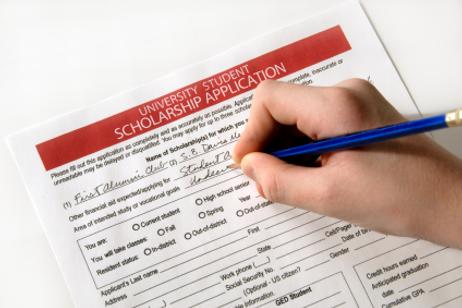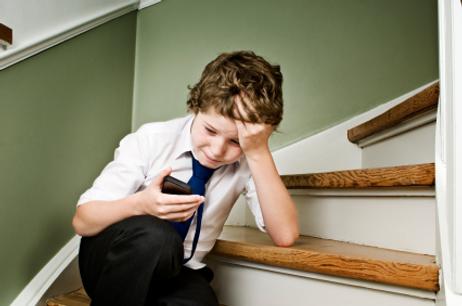Much press coverage has been recently dedicated to the accusations of sexual abuse by priests within the Catholic Church. Parents and religious leaders have risen up in protest, particularly since numerous victims are still living in the aftermath of the abuse years after the incidents occurred.
However, a recent article on LifeSiteNews suggests that the violations of the church pale in comparison to the sexual abuse that goes in on some schools today. A study conducted in 2004 by the U.S. Department of Education stated that "The physical sexual abuse of students in schools is likely more than 100 times the abuse by priests."
No parent likes to think that a child might be mistreated while at school. However, incidents of sexual abuse do happen in schools, which many experts liken to incest. An organization known as Stop Educator Sex Abuse, Misconduct and Exploitation (S.E.S.A.M.E.) defines sexual misconduct as, "Behavior by an educator that is directed at a student and intended to sexually arouse or titillate the educator or the child." Unfortunately, behavior like this is a concern for parents, educators, and students alike.
The American Academy of Child & Adolescent Psychiatry reports that "Child sexual abuse is a major public health problem. About 1 in every 4 girls and 1 in every 13 boys in the US experience sexual abuse at some time in their childhood. The vast majority of sexual abuse is committed by someone that the child or their family






















